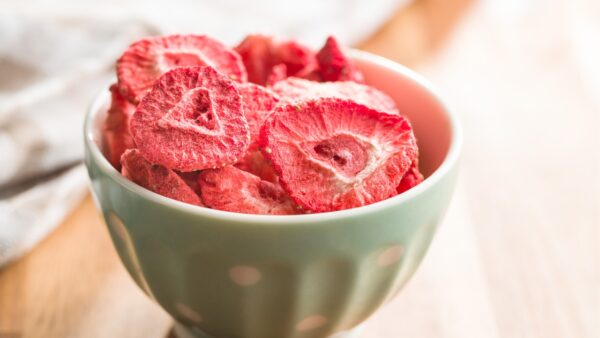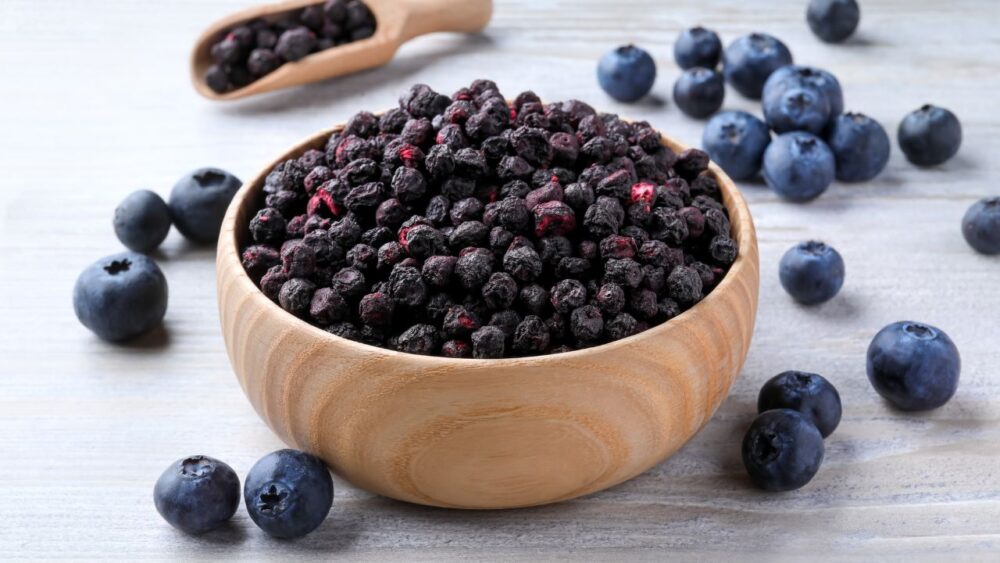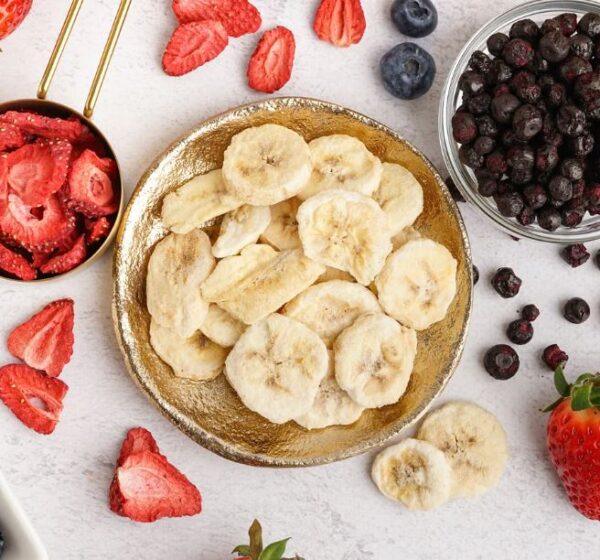How Freeze Drying Works: Tips for beginners
Welcome to a guide on freeze drying, where you will learn about how freeze drying works for beginners.
Freeze drying is an awesome way to make your favorite foods last longer. I’ve always been curious about different ways to preserve food, and freeze drying caught my attention because it keeps so much of the flavor and nutrients intact.
In this post, I’m going to share some tips on how freeze drying works that I’ve learned to help you get the most out of freeze drying. It’s a fantastic method to store food, and I can’t wait to dive into the details with you!
Freeze drying, or lyophilization, works by removing the moisture from food at really low temperatures. The result is a lightweight, shelf-stable product that still holds onto its original flavor and nutrients.
It’s such a cool process, and I’m excited to help you get started with it!
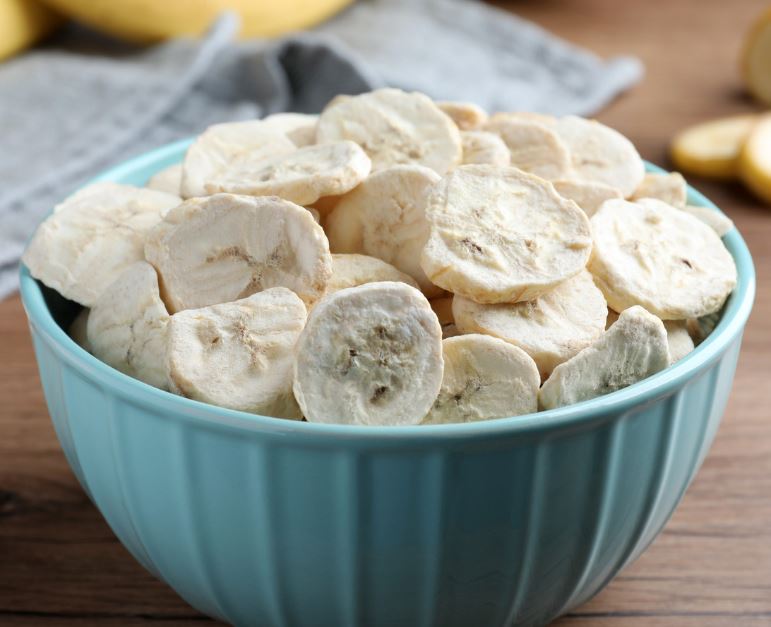
How freeze drying works
Freeze drying, or lyophilization, is a food preservation method that removes moisture from food at extremely low temperatures.
The process involves freezing the food, reducing the surrounding pressure, and then applying heat to sublimate the frozen water directly into vapor.
This results in a lightweight, shelf-stable product with preserved flavor, texture, and nutritional content, as the moisture removal inhibits the growth of microorganisms and slows down chemical reactions.
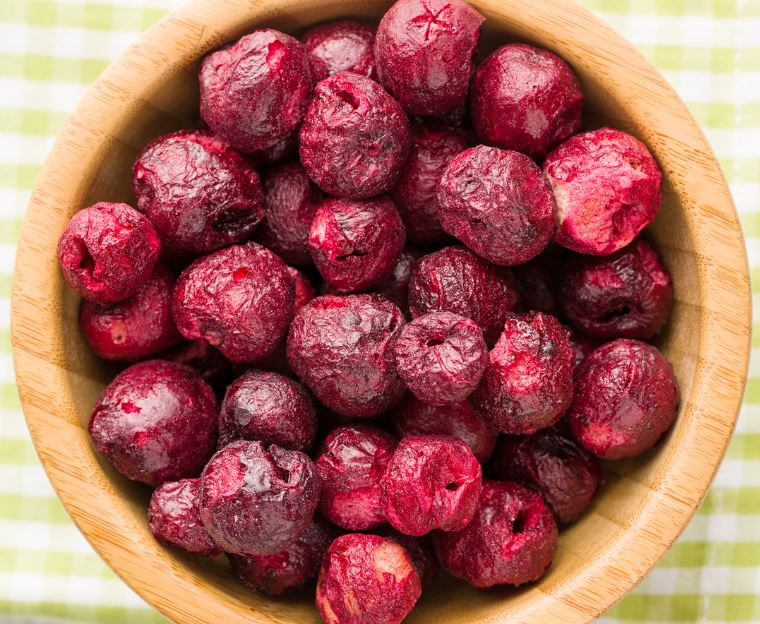
Basic Steps To How Freeze Drying Works
01
Preparation:
Clean and prepare the food you want to freeze dry. For fruits and vegetables, wash and slice them uniformly. For cooked meals, make sure they are fully prepared and ready for freezing.
Optional: Place the prepared food items in a standard freezer for a few hours. This pre-freezing step helps to initiate the removal of moisture.
02
Loading The Freeze Dryer:
Arrange the pre-frozen food on trays in a single layer, so that there’s enough space for air circulation. Load the trays into the freeze dryer.
03
Freeze Drying:
Start the freeze-drying process by setting the correct temperature and duration on the freeze dryer. The machine will lower the pressure, causing the frozen water in the food to sublimate—turning directly from ice to vapor.
Regularly check the progress of the freeze-drying cycle. Monitor the temperature, time, and the appearance of the food.
04
Testing for Dryness:
Food should have a crisp, dry texture without any signs of moisture.
05
Packaging:
Once freeze-dried, promptly remove the food from the machine and package it in airtight containers or vacuum-sealed bags.
This protects the food from moisture and helps maintain its quality during storage.
06
Storage
Store the freeze-dried food in a cool, dark place away from direct sunlight.
If freeze dried food is not stored right, it will absorb moisture and get sticky or soft.
By following these basic steps, you can successfully freeze dry a variety of foods for long-term preservation. Adjustments may be necessary depending on the specific characteristics of the food you are processing.
How to freeze dry food at home
1. Buy The Proper Freeze Dryer
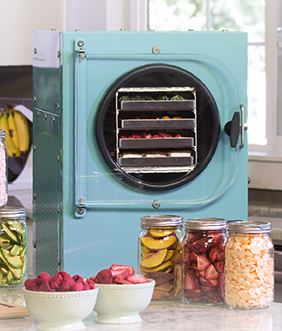
Harvest Right freeze dryers are what many people use for at home use. These machines are designed to make freeze drying simple so you to preserve your favorite foods at home.
With a Harvest Right freeze dryer, you can keep fruits, vegetables, meats, and even full meals fresh years.
2. Choose Quality Ingredients
Start your freeze-drying process right by using good ingredients. Fresher and higher-quality produce means better results in terms of flavor and nutrition after freeze drying.
Whether it’s fruits or veggies, starting with good-quality food is key to getting the most out of the freeze-drying experience.
Trim any brown or spoiled sections from homegrown vegetables and fruits before placing them in your freeze dryer for preservation.
3. Pre-treat Acidic Foods
For fruits such as apples, you can apply some lemon juice to help prevent browning.
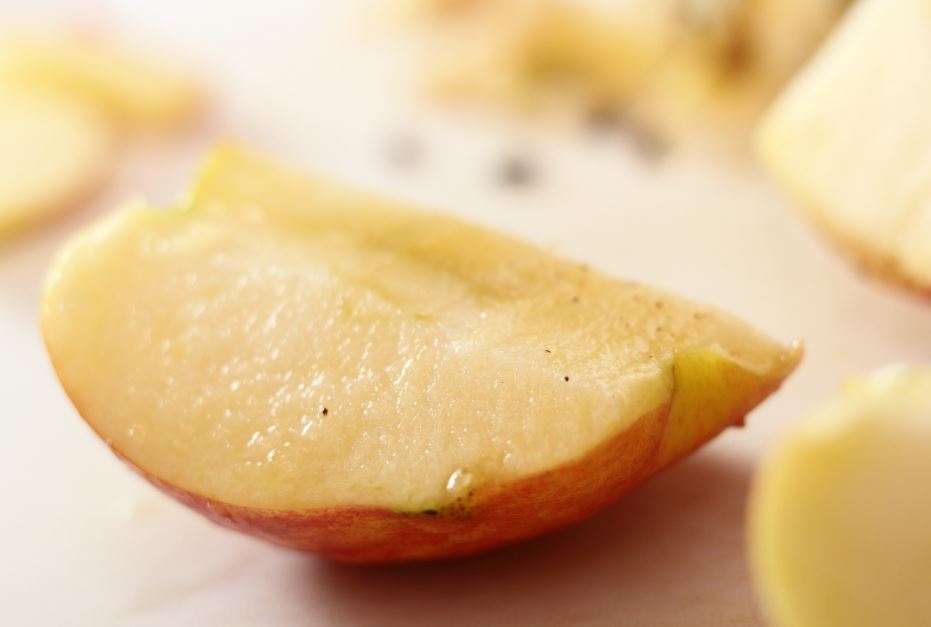
4. Evenly Slice Foods
Evenly slicing your foods is an important step in the freeze drying process. When slices are uniform, they dry at the same rate, which helps to preserve the texture, flavor, and nutrients of each piece.
Using a sharp knife or a mandolin slicer help you get consistent thickness.
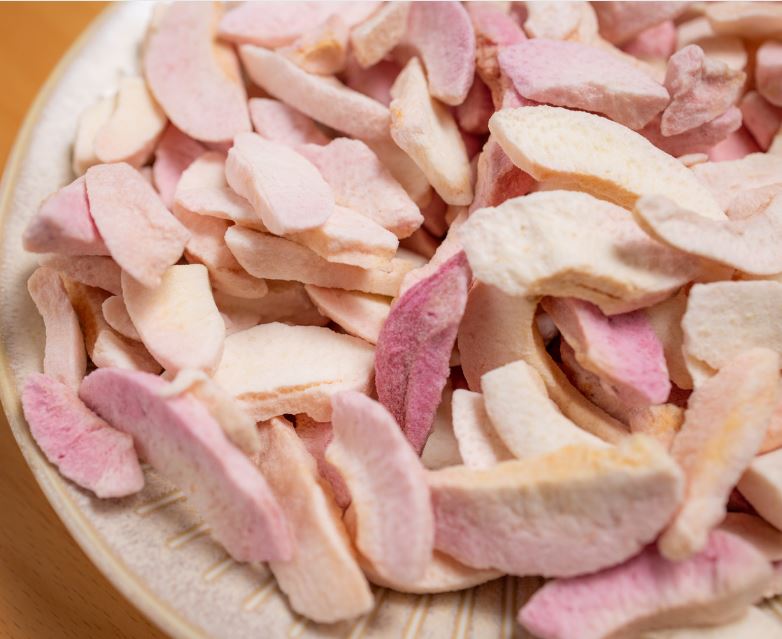
5. Pre-Freeze Before Drying
Before tossing your garden harvest into the freeze dryer, give them a head start by placing them in your regular freezer for a few hours.
This pre-freezing step jumpstarts the moisture removal process.
6. Mind the Moisture Content
Keep an eye on the moisture content when you’re dealing with foods for freeze drying. If you have freshly washed vegetables, leave them to dry or pat them down with paper towel to get the water off.
7. Blanching Vegetables
Blanching vegetables is a simple process that helps keep them fresh and tasty when freeze drying.
You briefly boil the veggies and then quickly cool them in ice water. This stops enzymes from breaking them down, which helps them keep their color, texture, and flavor.
Blanching is easy to do and really makes a difference in how well your vegetables turn out after freeze drying.
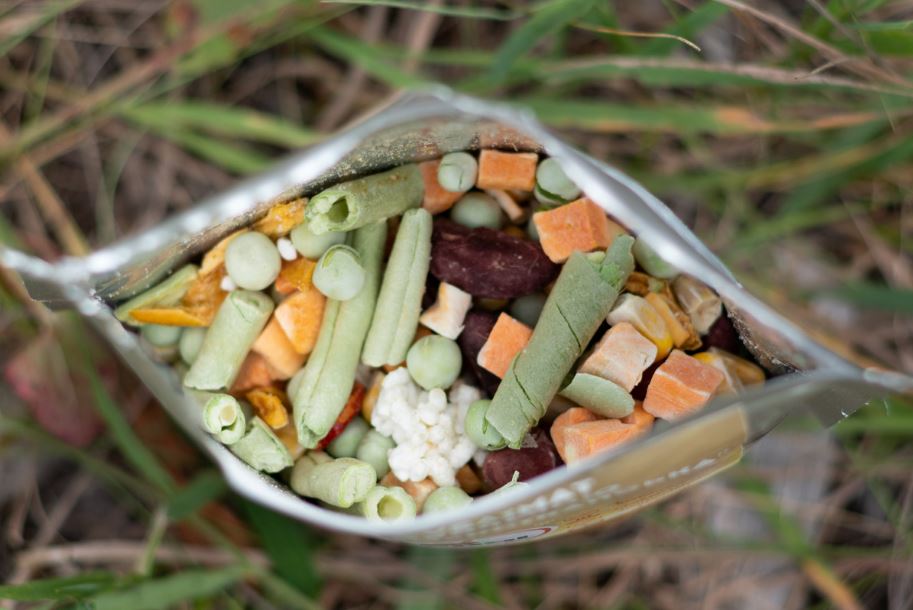
8. Temperature Matters
When leaning about how freeze drying works, it’s important to pay attention to the temperature settings and follow the instructions that come with your freeze dryer.
Each machine has specific temperature guidelines to ensure the best results. If the temperature is too high or too low, it can affect how well your food dries and how long it stays fresh.
By sticking to the recommended settings, you’ll help your freeze dryer work at its best and get the best possible results for your food.
9. Arrange Food On The Trays
Arranging food on the trays is really important for getting the best results when freeze drying. Spread the food out. This helps the cold air move around evenly, so everything dries properly. If you put too much on one tray or stack the food, it might not dry evenly.
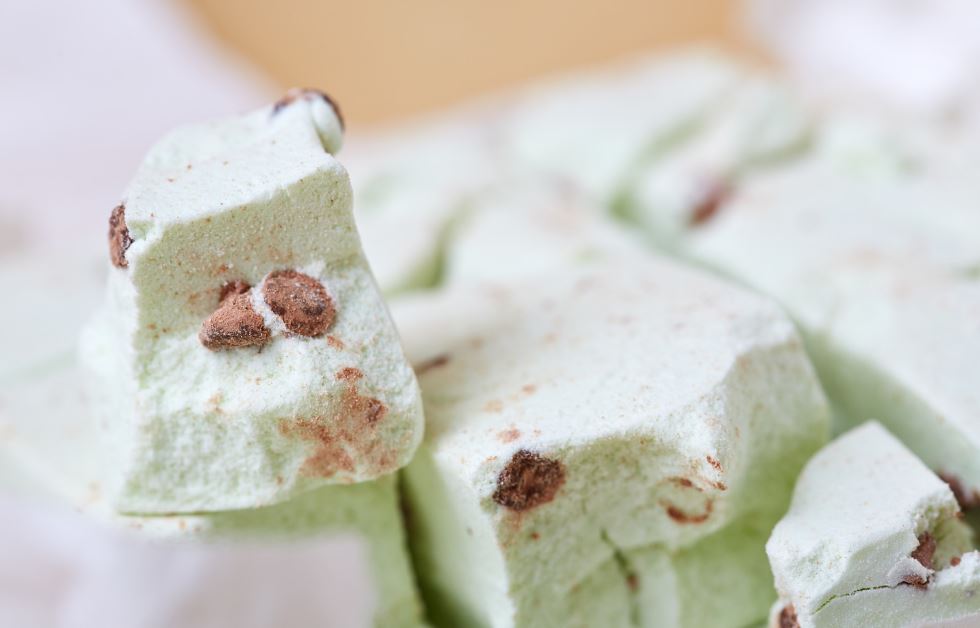
10. Rotate Trays
Rotating the trays during the freeze-drying process can help everything to dry evenly.
Sometimes the trays at the top or bottom can dry faster than the others, so switching their positions halfway through can help balance things out.
This small step helps make sure all your food gets the same amount of attention, so it dries properly and consistently. It’s an easy way to improve the final result!
11. Monitor Drying Time
Keep a close eye on the drying time during the freeze-drying process. Regularly check your freeze dryer to prevent over-drying or under-drying of your food items.
12. Use Oxygen Absorbers
Using oxygen absorbers when storing freeze-dried food is a simple way to help keep it fresh longer.
These small packets remove any remaining oxygen in your storage containers, which helps prevent spoilage and keeps the food’s flavor, texture, and nutrients intact. One time I bought freeze dried food from a vendor at a market and when I opened them up, they were completely soggy and soft.
Just add one to each container before sealing it up, and you’ll reduce the risk of your food going bad. It’s a small step that makes a big difference in extending the shelf life of your freeze-dried foods!
13. Packaging Is Key:
Packaging your freeze-dried food properly is important to keep it fresh for a long time. Use airtight containers, such as Mylar bags or vacuum-sealed jars, to keep out moisture and air, which can cause the food to spoil.
Make sure the bags or containers are sealed tightly, and consider adding an oxygen absorber for extra protection.
Label each package with the date so you know when it was freeze-dried. With the right packaging, your freeze-dried food can stay fresh and ready to use whenever you need it!
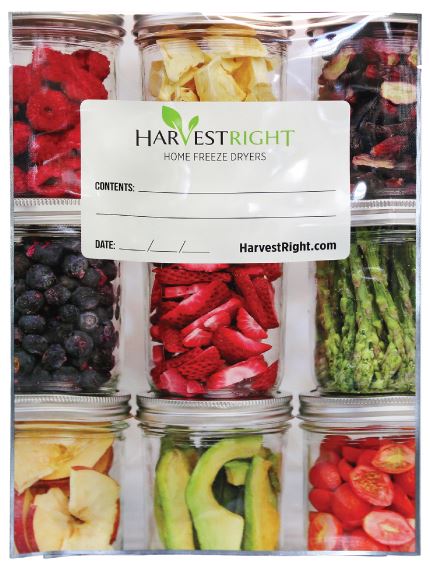
14. Label and Date
Labeling and dating your freeze-dried food is a simple but important step in the storage process.
By marking the date on each package, you’ll know exactly when the food was freeze-dried, helping you keep track of its shelf life.
This way, you can use the oldest food first and avoid any waste.
Plus, it makes it easy to organize your stash, so you’ll always know what you have on hand. A little bit of time spent labeling can save you from confusion later on!
15. Avoid Overloading
Avoiding overloading your freeze dryer is essential for getting the best results.
If you pack too much food onto the trays, the cold air won’t circulate properly, and your food might not dry evenly. This can lead to soggy spots or under-dried food, which isn’t ideal.
It’s better to do smaller batches to ensure the food gets the right amount of space and airflow, allowing everything to dry properly and last longer.
Taking it slow and not overloading will give you the best outcome!
16. Experiment with Seasonings
Experimenting with seasonings is a fun way to add variety to your freeze-dried foods. Adding different herbs, spices, or flavorings before freezing can give your food a unique taste once rehydrated.
You can try adding garlic powder, cinnamon, chili flakes, or even savory seasonings to create a personalized flavor.
Just be sure to taste-test as you go, and have fun discovering new combinations! It’s a great way to make your freeze-dried meals even more exciting and delicious.
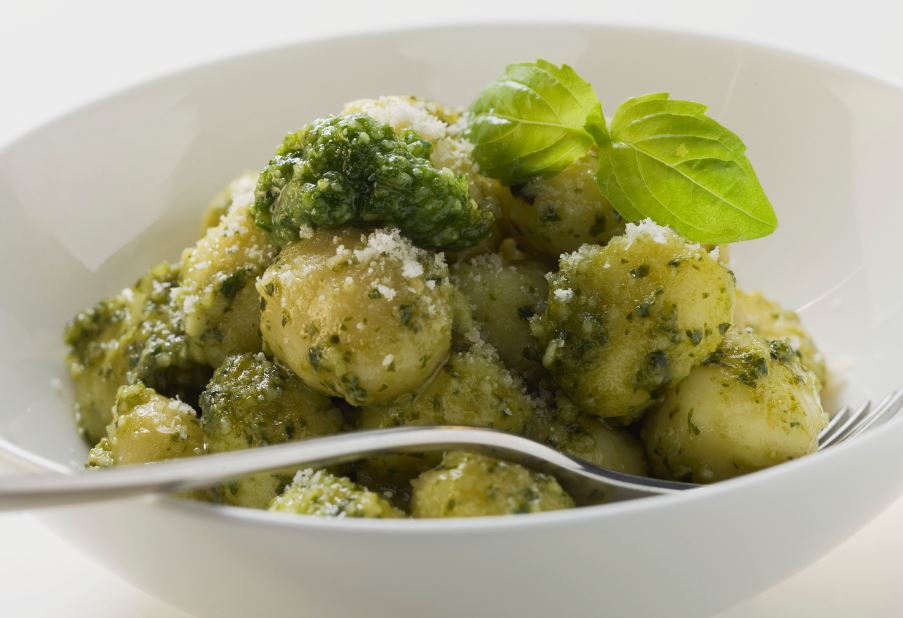
17. Test for Dryness
Testing for dryness is an important step to make sure your freeze-dried food is ready for storage.
After the process is complete, check a few pieces by gently squeezing them or breaking them in half.
If they feel brittle, light, and there’s no moisture inside, they’re fully dried. If they’re still flexible or feel a bit moist, they need more time in the freeze dryer.
Taking a little extra time to check for dryness ensures that your food stays fresh and doesn’t spoil later on!
18. Freeze Dry Liquid Mixtures
Properly freeze-dried liquids will be lightweight and easy to store. Just make sure you know what you’re working with, as some liquids may need more drying time than others!

19. Clean Regularly
Cleaning your freeze dryer regularly will keep it working properly and to avoid any buildup that could affect the drying process.
After each use, wipe down the trays and the inside of the machine.
Be sure to follow the manufacturer’s cleaning instructions to ensure you’re doing it correctly.
Keeping everything clean helps the freeze dryer run smoothly, extends its lifespan, and helps your food come out perfectly dried every time!
20. Try Vacuum Sealing
Vacuum sealing is one of the best ways to store freeze-dried food.
It removes air from the storage bags, which helps prevent moisture and oxygen from getting in, keeping your food fresh longer.
Once the food is properly freeze-dried, place it in a vacuum-seal bag and use a vacuum sealer to tightly seal it.
This is great for long-term storage, as it helps preserve the taste, texture, and nutrients of your freeze-dried food.

22. Try Dessert Options
Trying dessert options with freeze-dried foods is a fun way to mix things up! You can freeze-dry fruits like strawberries, peaches, or even chocolate and mix them into cakes, cookies, or puddings for extra flavor and texture.
Freeze-dried fruits work great as toppings for ice cream or yogurt, too. Not only does freeze-drying preserve the natural sweetness, but it also adds a fun crunch.
So, get creative and explore the dessert side of freeze drying for a flavorful and innovative twist to your culinary repertoire. We have a helpful article about the types of food that can be freeze dried. And check out these Etsy shops that have freeze dried food.
23. Be Patient with Cooling
Be patient with cooling your freeze-dried food, as it’s an important step in the process. After the freeze-drying cycle is complete, allow your food to cool down slowly before sealing it in storage bags or containers.
If you seal it too soon, any remaining heat or moisture could cause condensation inside the container, which can lead to spoilage.
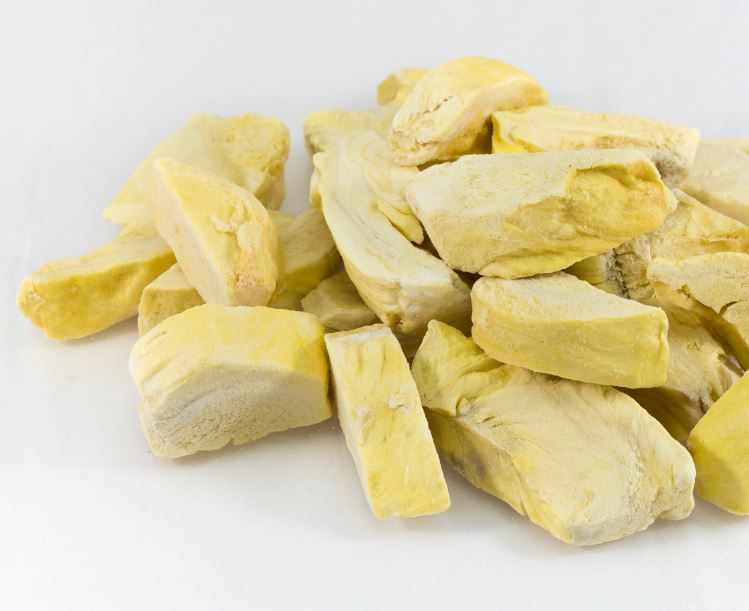
24. Maintain a Log
When you are a beginner and just starting to learn how freeze drying works with different foods, keep track of your freeze-drying experiments. Write down successful techniques, adjustments made, and any valuable insights gained during the process.
25. Storing Freeze Dried Food
The placement of your freeze-dried food during storage plays a big role in keeping it fresh. Store your food in a cool, dark place, away from direct sunlight, heat, and humidity.
A pantry, basement, or closet works well, as long as it stays dry and doesn’t get too hot. Keeping your food away from temperature fluctuations helps preserve its quality and extends its shelf life.
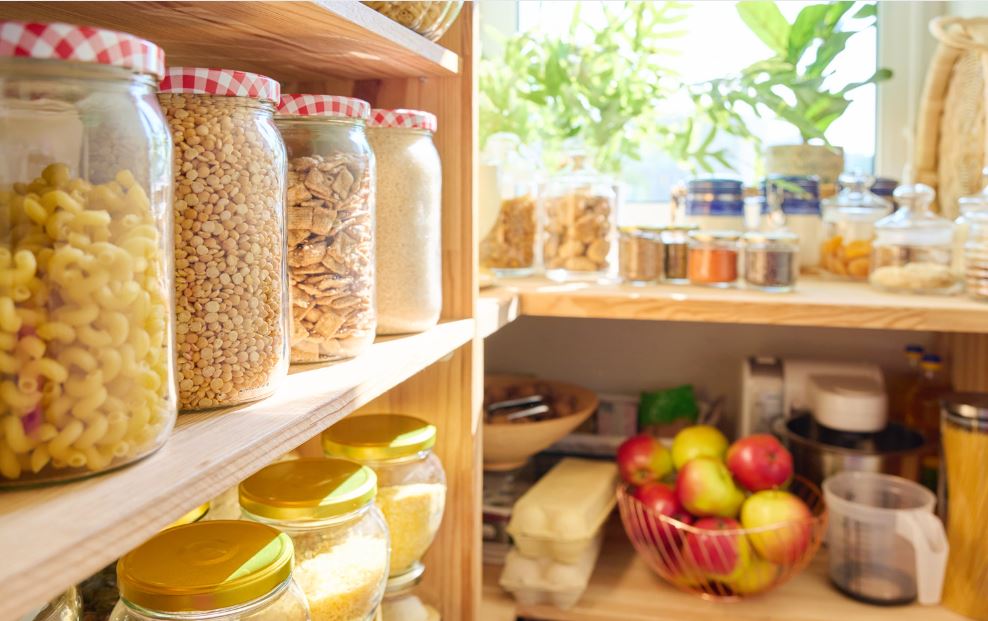
26. Freeze-dry Herbs And Powders
Freeze-drying herbs is a great way to preserve their flavor and aroma for months. Simply pick fresh herbs like basil, thyme, or rosemary, wash them gently, and remove any excess moisture before placing them in the freeze dryer.
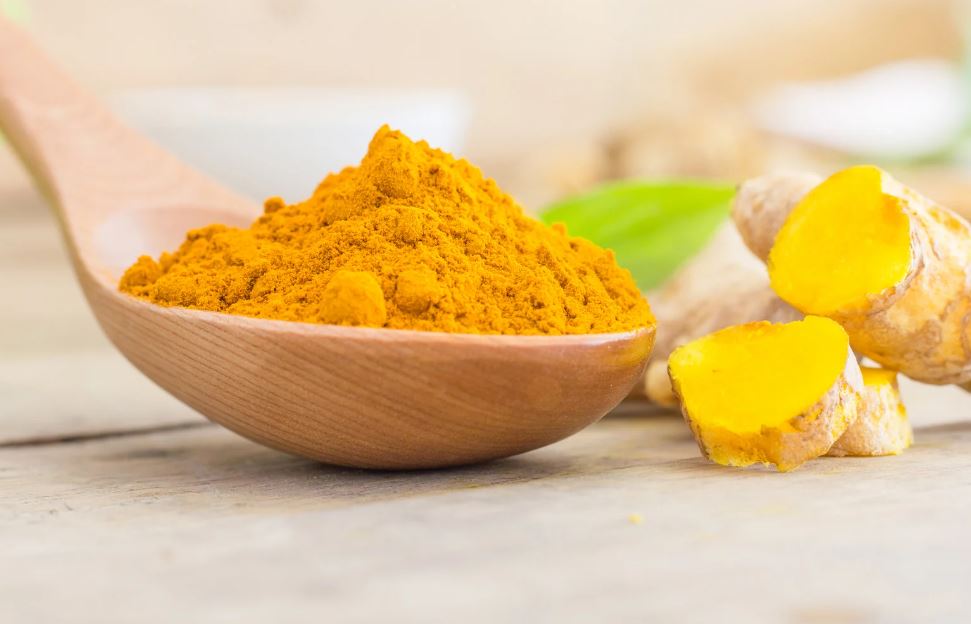
27. Share or Sell
Once you’ve created your freeze-dried foods, you can share or sell them to friends, family, or even customers!
Sharing homemade freeze-dried snacks is a thoughtful and unique gift, perfect for those who appreciate natural, long-lasting food.
If you’re considering selling, freeze-dried foods make for a great small business venture, especially if you offer unique flavors or custom blends.
Check out our article about how to make more money at bake sales.

Freeze Drying FAQ’s
2. What foods are best suited for freeze drying?
Foods with high water content, such as fruits, vegetables, and certain meats, are well-suited for freeze drying.
Berries, apples, tomatoes, and lean meats like chicken and beef are commonly freeze-dried due to their successful preservation of flavor and texture.
Additionally, dairy products like yogurt can be freeze-dried, expanding the range of foods suitable for this preservation method.
3. What equipment is needed for home freeze drying?
To get started with home freeze-drying, there are a few essential pieces of equipment you’ll need.
First and foremost, a freeze dryer is required. This machine freezes the food and uses a vacuum to remove the moisture, preserving the food for long-term storage.
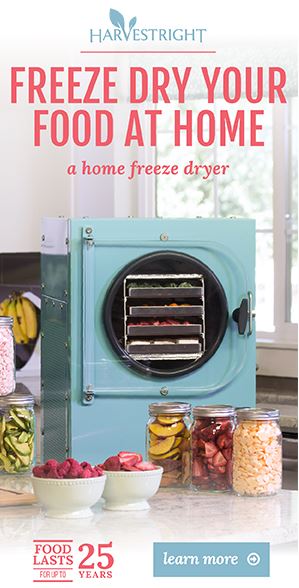
Along with the freeze dryer, you’ll need a vacuum sealer to store your freeze-dried food in Mylar bags or vacuum-seal bags, which keep out air and moisture.
To extend shelf life, oxygen absorbers are also important for removing any remaining oxygen from the sealed bags.
For food preparation, having a kitchen scale, knives, and chopping boards will help so that your food is cut and measured correctly before freeze-drying.
Finally, once your food is ready, you’ll need storage containers like jars or sealed bags to keep everything organized and protected. With this equipment, you’ll be ready to preserve your favorite foods at home!
4. How long does freeze-dried food last?
Freeze-dried food, when stored properly in airtight containers with minimal exposure to light and moisture, can have an impressively long shelf life.
In general, freeze-dried fruits, vegetables, and meats can last anywhere from 25 to 30 years, and often even longer.
The extended shelf life is attributed to the removal of moisture during the freeze-drying process, which inhibits the growth of microorganisms and slows down chemical reactions that lead to food spoilage.

5. Can you freeze dry cooked meals?
Yes, you can freeze dry cooked meals. Freeze-drying is a versatile preservation method that works well with a variety of foods, including fully prepared dishes.
Cooked meals, such as soups, stews, pasta dishes, and casseroles, can be freeze-dried to extend their shelf life while preserving flavor and nutritional content.
Keep in mind that certain ingredients and textures may behave differently during the freeze-drying process, so it’s helpful to experiment and adjust based on your specific recipes.
6. What foods cannot be freeze dried?
While many foods can be successfully freeze-dried, certain types cannot be freeze dried.
Foods with high fat content, such as avocados or peanut butter, may become oily and unappealing after freeze-drying.
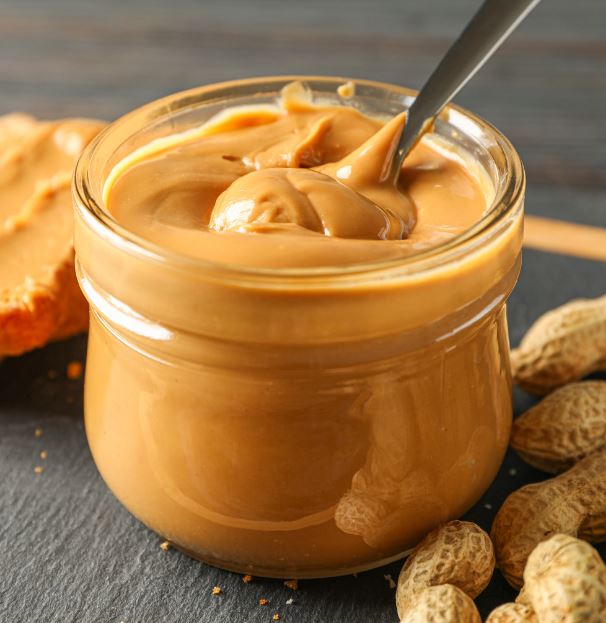
Additionally, some vegetables like lettuce or cucumbers, which have a high water content and delicate structures, may not retain their original crispness after freeze-drying.
I hope this guide on how freeze drying works has helped you out. Experiment with different foods to understand how they respond to the freeze-drying process and adjust accordingly.


